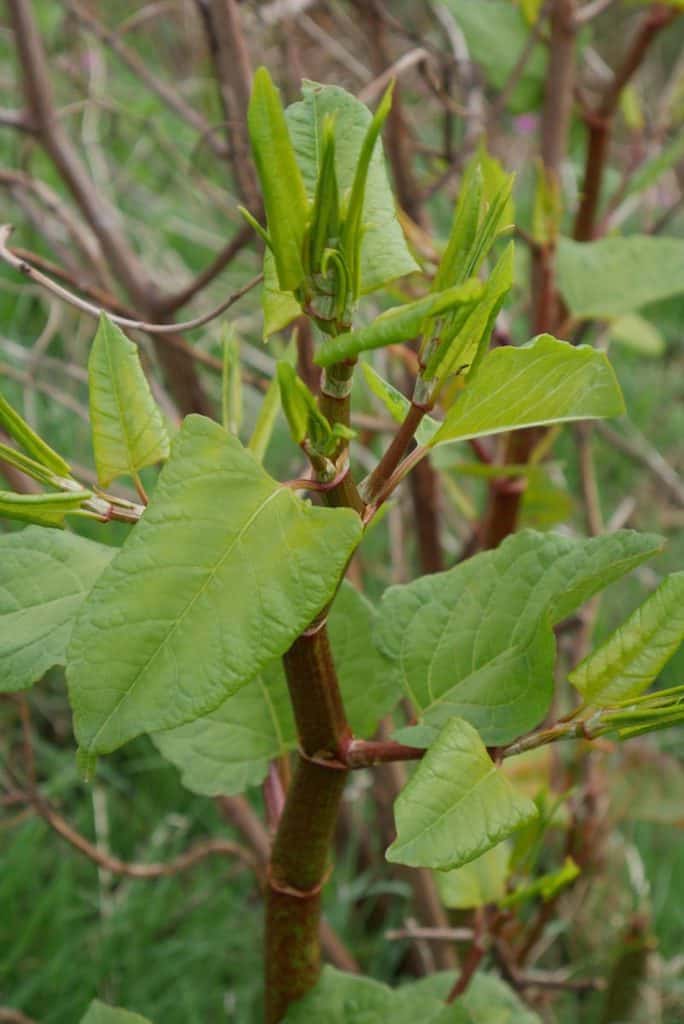One of the Galloway Glens projects is ‘Fish: Loch Ken’, seeking to better understand fish populations in Loch Ken and consider issues such as biosecurity in the wider area. Working with our friends in the Scottish Environment Protection Agency (SEPA) we have been able to commission Galloway Fisheries Trust to undertake a report of the distribution of Invasive Non-Native Species (INNS / ‘Invasive Species’) in the River Dee Catchment.
Invasive species are one of the major factors effecting biodiversity on the planet. they can also have major economic effects with some species costing British industry many millions each year. Around Loch ken and the rivers Dee and Ken a number of species are prominent. The North American Signal Crayfish is already well known and has caused concern for some time but there are many more and if we are to have an appropriate strategy to manage and control them we need to know where they are. To this end the Galloway Glens team, in conjunction with SEPA, commissioned the Galloway Fisheries Trust to complete a report on the prevalence of different species within the project area. This was done by collating known data and through a social media questionnaire. We are really pleased that this report has now been completed and can be found HERE.
The next stage over the next few months is for the Galloway Fishery Trust and Galloway Glens to organise training courses to let people know how they can identify different species and what the options are for management of them. The species under the spotlight at these courses will all be plants such as American skunk cabbage, Japanese knotweed, Himalayan balsam and giant hogweed but there will be an opportunity to ask about other plant species and methods of control.
These activities will be pursued under the wider banner of the ‘Fish: Loch Ken’ project as it is recognised that invasive species can have a huge impact on the quality of fisheries and the access to them.
Please keep an eye on the Galloway Glens news pages for details of forthcoming courses.
Jamie Ribbens, Senior Biologist at Galloway Fisheries Trust says:
“This report highlights that the Dee catchment supports various species that should not be here, and which are damaging our local habitats and wildlife. We need to be working in partnerships with other groups, such as through the Galloway Glens project, to stop their further spread and to control them if possible.”
Nick Chisholm, Project Officer at the Galloway Glens Scheme said:
“This is just the start of an exciting initiative with our partners at Galloway Fisheries Trust. The first phase was creating the inventory of problem species, now we can look at which ones we can manage and where we can tackle them. It will be great to get the community involved, both with reporting and removal.”






